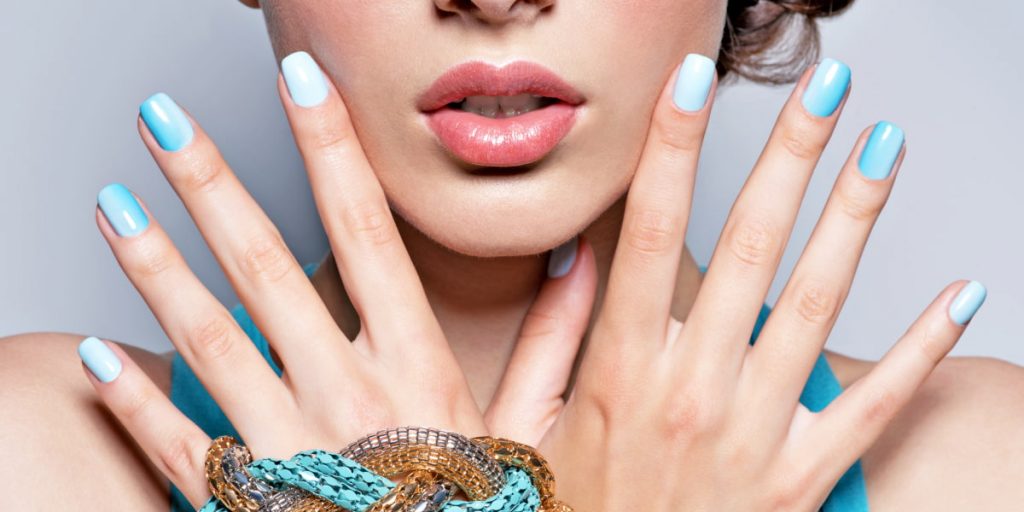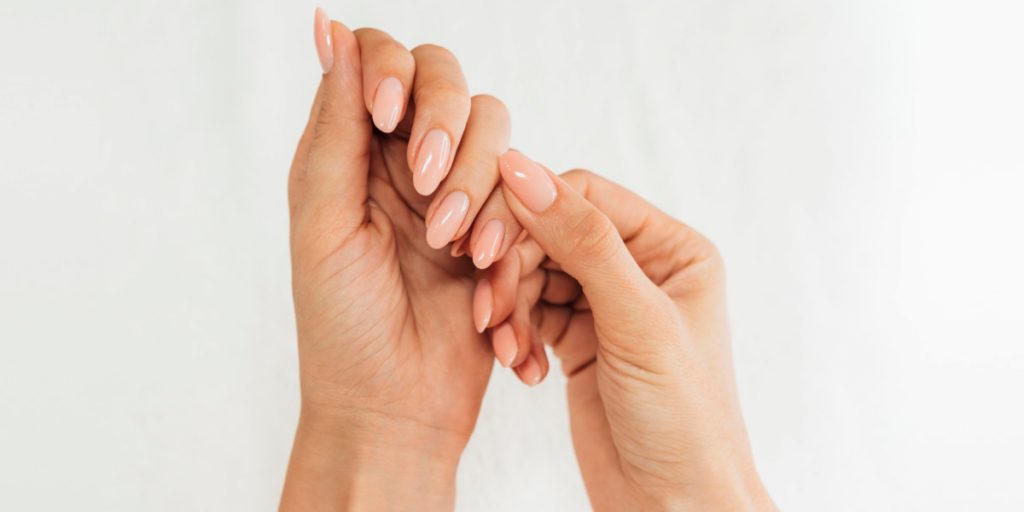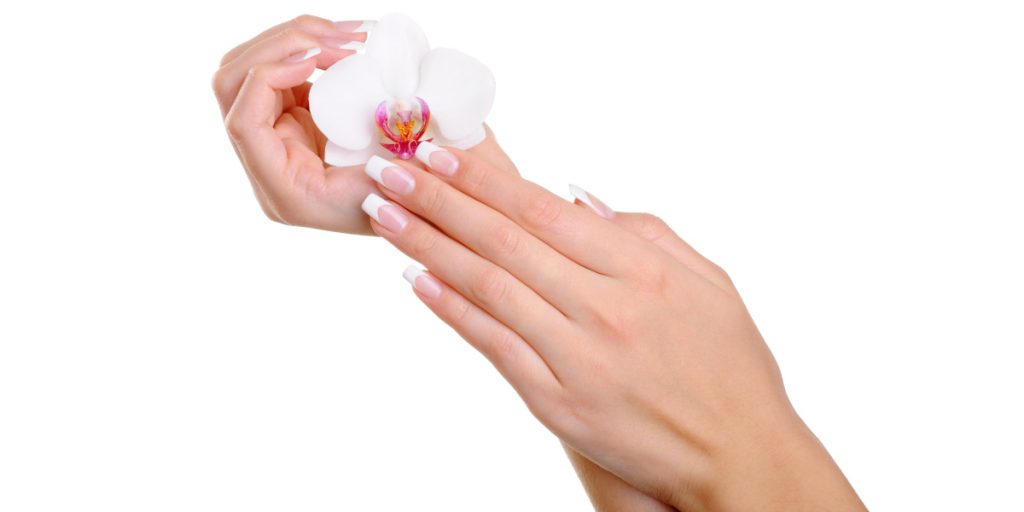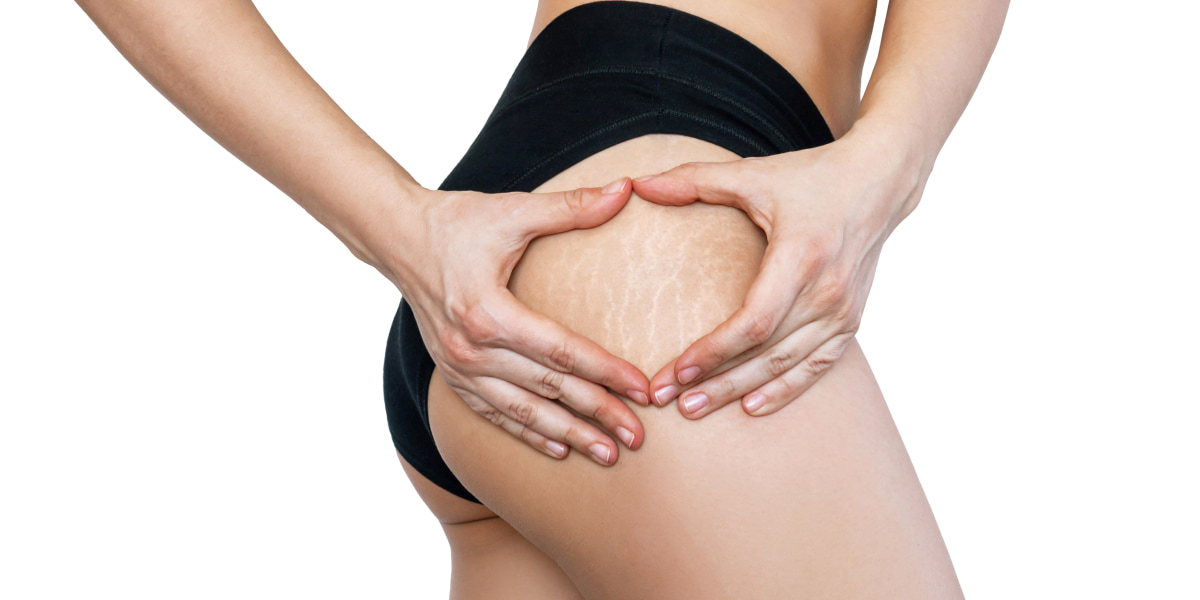Published on August 23rd, 2022
Last updated on January 25th, 2023
Acrylic Nails Hurt: Possible Reasons And Treatment

If your nails hurt after gel polish, contact your nail technician to solve the problem. The pain may be of varying intensity – from mild discomfort to severe pain that it is impossible to touch the nails. It may go away after a few hours or days, or it may only get worse. Let’s consider the problem of acrylic nails pain and find out how to stop them from hurting.
Nails hurt under acrylic or gel polish – this problem is quite common. Many women who have had a manicure with shellac for the first time or have been applying gel nails for a long time face this problem. It is essential to understand that nails are not a source of pain because they are not living body parts. But the body part underneath consists of nerves and blood vessels. The cause of the fingers’ hurt after manicure pain is here.
You must know what to do if healthy nails hurt under gel polish. But to do this, you need to understand the causes of the painful sensation.
Allergy As Frequent Cause Of Acrylic Nails Hurt

Some of the most common causes of pain include allergies to specific components.
You are probably allergic to the gel polish primer or base coat (for colored polish, if you use a one-phase system without a gel polish base). Lessen your allergy reaction to manicure components by following tips:
- If your fingers begin to hurt after the manicure removal, you need to replace the gel polish remover with higher quality and hypoallergenic;
- Nails and fingers can also hurt after a manicure if a machine or rough file has damaged them. Remember to remove the top gloss; you should treat the nail’s surface with a soft buff and only lightly. Use well-tested liquids, don’t buy liquids of dubious quality, and remove the material from the nails properly so as not to traumatize them;
- Incorrect nail geometry modeling. When the technician makes incorrect calculations, the risk of cracking or breaking the plate increases dramatically. And breakage threatens not only the artificial plate but also the natural one;
- If acrylic nails hurt occurs when drying in the lamp, you probably need to choose a different base coat. Such a reaction (burning and soreness) is characteristic of rubber bases, which is generally usual for them;
- An adverse reaction to the polymerization process may also be due to applying too thick an acrylic or gel polish layer. In this case, the heat release in the lamp is many times greater, so the natural nails (fragile and weakened) burn noticeably;
- The reason acrylic nails hurt and have a burning sensation may also be due to the color of the base coat. Often clients have noticed that using camouflaging bases (of one shade or another) burns nails less because the pigments in these bases slow down the penetration of UV radiation and polymerize with less heat dissipation.
Are There Any Contraindications To Nail Extensions?

First, it should be noted that sometimes nail extensions are contraindicated. For example, you can not build nails with:
- fungal diseases with mechanical damage to the nail or cuticle;
- in endocrine, digestive, and excretory systems diseases;
- undergoing chemotherapy while taking antibiotics, the inflated nails can fall off;
- it is not recommended to build up during pregnancy, as this condition can provoke hypersensitivity;
- it is dangerous to build up nails if you are allergic to methylates.
Therefore, you must warn the masters of the existing diseases. Extending the nails is not painful, of course, if you do not have hypersensitivity or a low pain threshold. In this case, you may feel discomfort. It should be noted that acrylic has a rather unpleasant smell and is not so relevant now. The gel is in no way inferior to it in quality. It is odorless, strong enough, and natural. The main thing when extending is a good master. It is a specialist who will painlessly build up the nails and, if necessary, gently remove them.
A qualified manicurist will not let you have bruised nails after acrylics. Often the state of your natural nails depends on the process of removal. During the removal process, the nail plates must be appropriately treated. Sometimes the skin around the cuticle during gel extensions can bake a bit. Again, it all depends on the skill of the master and their experience.
What Should I Do If My Acrylic Nails Hurt?

Remember the main rule – your acrylic nails should not hurt under and after the removal of gel nail polish. The pain has a reason, and it can be caused by the natural characteristics of the nails themselves or in violation of the technology of application or removal of the coating.
Some essential tips include:
- Contact a professional nail technician to carefully remove the coating and find the cause of the pain;
- Do not remove the coating with metal scrapers;
- Use only quality materials, and your nails will not hurt;
- If there is damage, impingement, or inflammation, you need to seek help from a doctor.
Sometimes the pain occurs if the girl hits the nail under the gel polish. In this situation, doing the same as other types of bruises is necessary. If the pain does not subside – remove the coating and ensure there is no severe damage under the nail. There may be bruises, chips, or cracks. Such problems are solved together with the nail designer and a doctor (depending on the complexity of the damage).
If you do your manicure, it is worth choosing higher-quality products to predict fingers’ hurt after it. The main recommendation to avoid painful reactions when applying or removing gels and gel lacquers is to use only original products of professional brands and not to buy gel lacquers in dubious stores. And also, watch the setting of the tool to avoid sawing.
Nail Care After Nail Extensions
Any nails after nail extensions require constant care. If this is not done, issues such as bruised nails or fingers hurt after a manicure. Also, their appearance will suffer. It is required to adhere to simple rules:
- Pick things up only with the fingertips;
- It is forbidden to cut the false nails yourself. It will lead to injuries;
- Rubber gloves should be worn when in contact with chemicals;
- Dirt under the nails should be removed regularly using a toothpick;
- The edges of the nails and cuticles should be oiled twice a day;
- It is advisable to grease your hands with vitamin E cream daily.
Summary
It is essential to consider choosing a master for such work thoughtfully. Everything depends on the experience of the master, the quality of materials used, the absence of contraindications, and proper care. But even with these points, there is a small risk of bruised nails after acrylics, even if the probability is low. It is desirable to prefer proven specialized salons, where experienced manicure specialists serve clients.
FAQ
Will My Nails Hurt After My First Acrylic Extension?
Nails can hurt after the first extension, but it happens in a few people and passes in a couple of days, while the nails “get used” to the new state – “adhesion” with the complex polymer. If you want your nails to be delicate after the extension, look for an excellent professional, not a cheap one.
Can I Remove My Acrylic Nails If They Hurt?
Gel nails are not removed. They are “sawed off”. Therefore, you should not try to remove gel nails yourself! It will lead to unfortunate results. After removing gel nails, the master will treat the natural nails with unique compounds and suggest remedies for their fast recovery.
Are Acrylic Nail Extensions Harmful?
They are considered the least harmful because the amount of hazardous substances in them is negligible. The main advantages are a fast restoration of the natural nails, high durability, no need to use a UV lamp, and the possibility of long-term wear.
What Are The Disadvantages Of Nail Extensions?
The cons include an unpleasant smell after the extension procedure, the gradual emergence of a yellow tint, and the need for additional grinding. The harm features include an increased risk of developing infections, which are caused by bacteria that accumulate in the layers of the plates.
Do My Nails Need To “breathe” And Rest From The Acrylic Coating?
It is believed that the nails do not need air because they do not have a breathing function. However, the production of keratin for nail construction requires some amount of oxygen. If there is no oxygen, the nail will deform and become crooked, ruining the manicure’s beauty.





